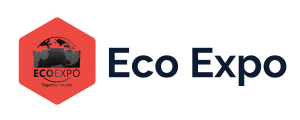At present, Bangladesh has 220 leather processing units located in different parts of the country (mainly in Hazaribagh, Dhaka). But only 28 tanneries are in operation, out of which 20 are working in crust section and 8 in finishing section.
Bangladesh currently produces about 20.0 million square meters of leather and leather products annually. The contribution of leather sector (leather and leather, leather and leather products and non-rubber footwear) to GDP in FY 2003 was 0.31 (fixed price).
The leather industry, country’s second largest export-earning industry, is observing a continuous decline in export earnings. According to the data of Export Promotion Bureau (EPB), export earnings from the leather and leather products declined by 16.11% to US$434 million in the five months of the fiscal year 2018-19, which was US$518 million in the same period last year.
In addition to exploring the whole scenario of the leather sector in Bangladesh, this study mainly focuses on identifying the major chemical suppliers at different stages of leather processing.

A number of chemicals are used in the leather processing, footwear manufacturing and leather goods manufacturing units most of which are foreign chemicals. In terms of value, above 87 percent chemicals used by the leather sector firms are of foreign origin.
Foreign chemicals used are mainly made in Germany, UK, Holland, and Italy.
Bangladesh is the largest importer of Leather tanning chemical and accounts for 112 shipments. Bangladesh imports most of its Leather tanning chemical from India, Netherlands.
The current demand for leather, leather goods and footwear in the world is about 215 billion whereas Bangladesh exports only 1.08 billion. As a result, we have the potential to capture the market with the highest level of efficiency and proper strategic planning.
The government should provide plans and facilities to increase value addition, as the sector can move forward easily.

